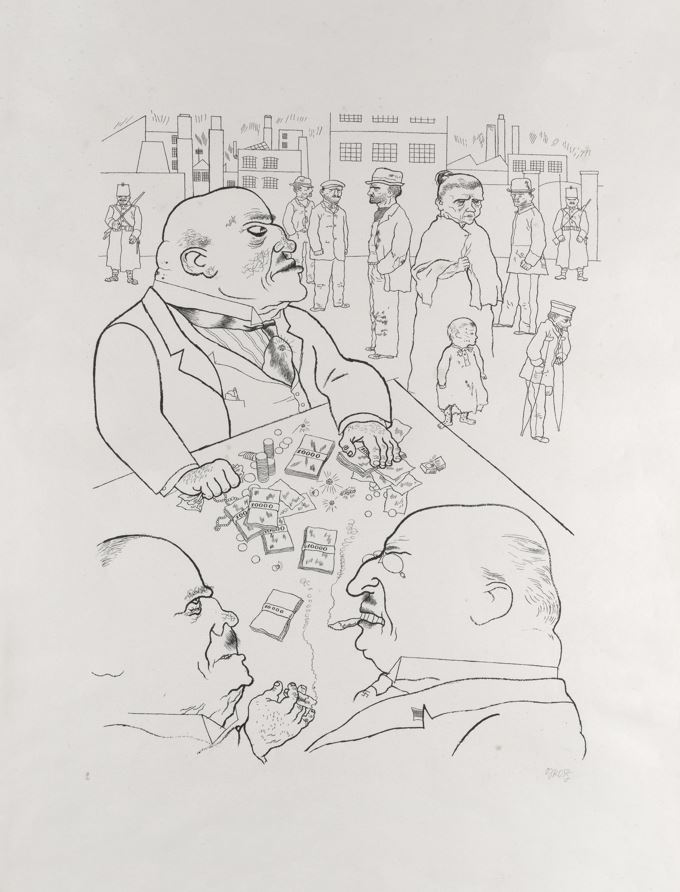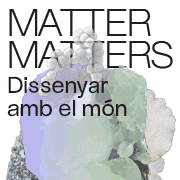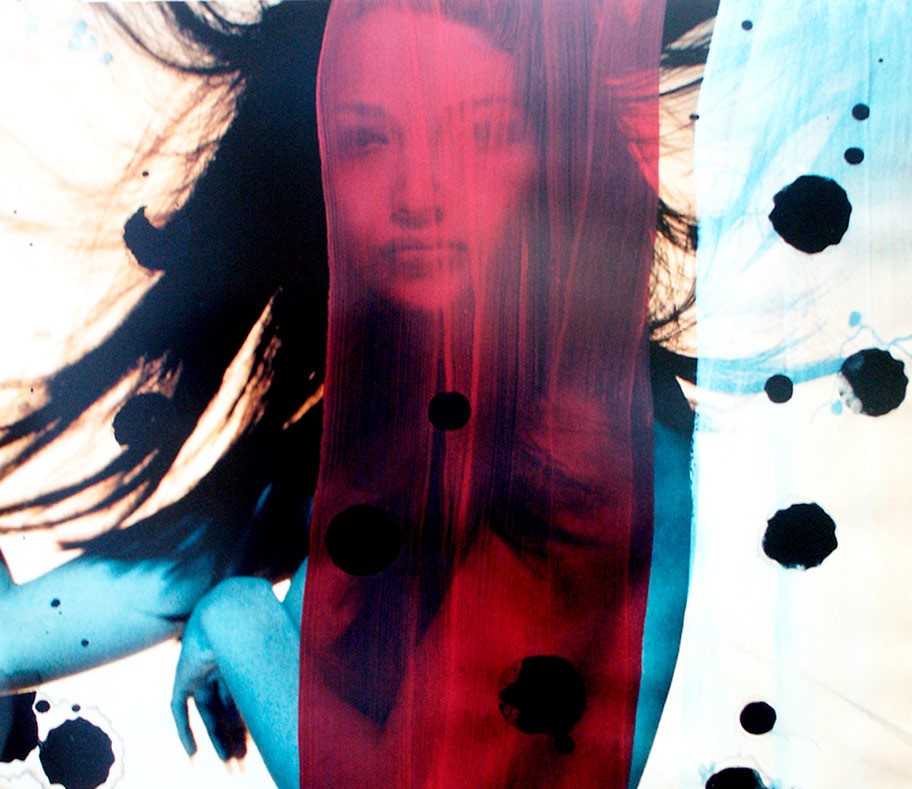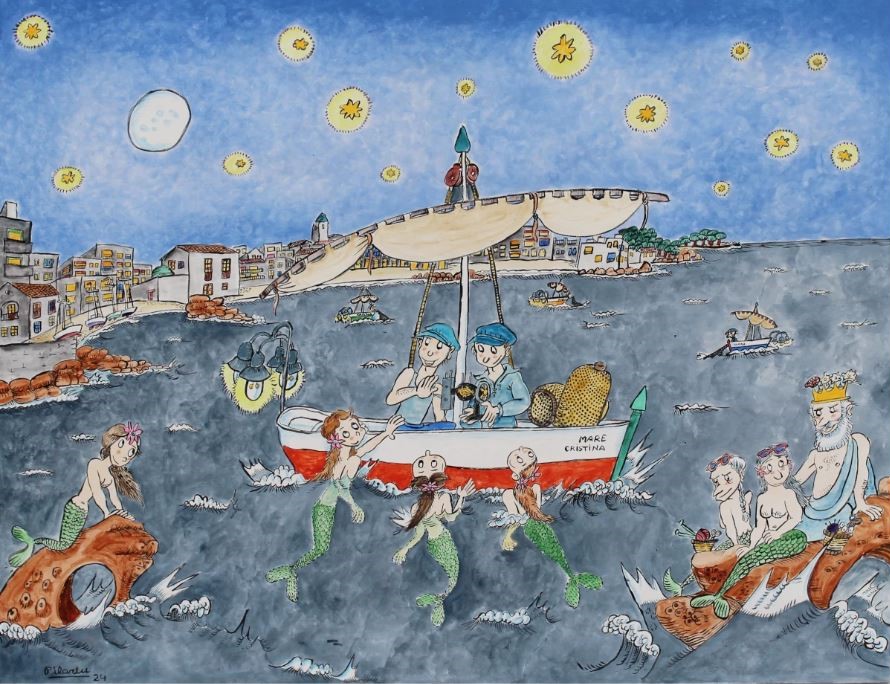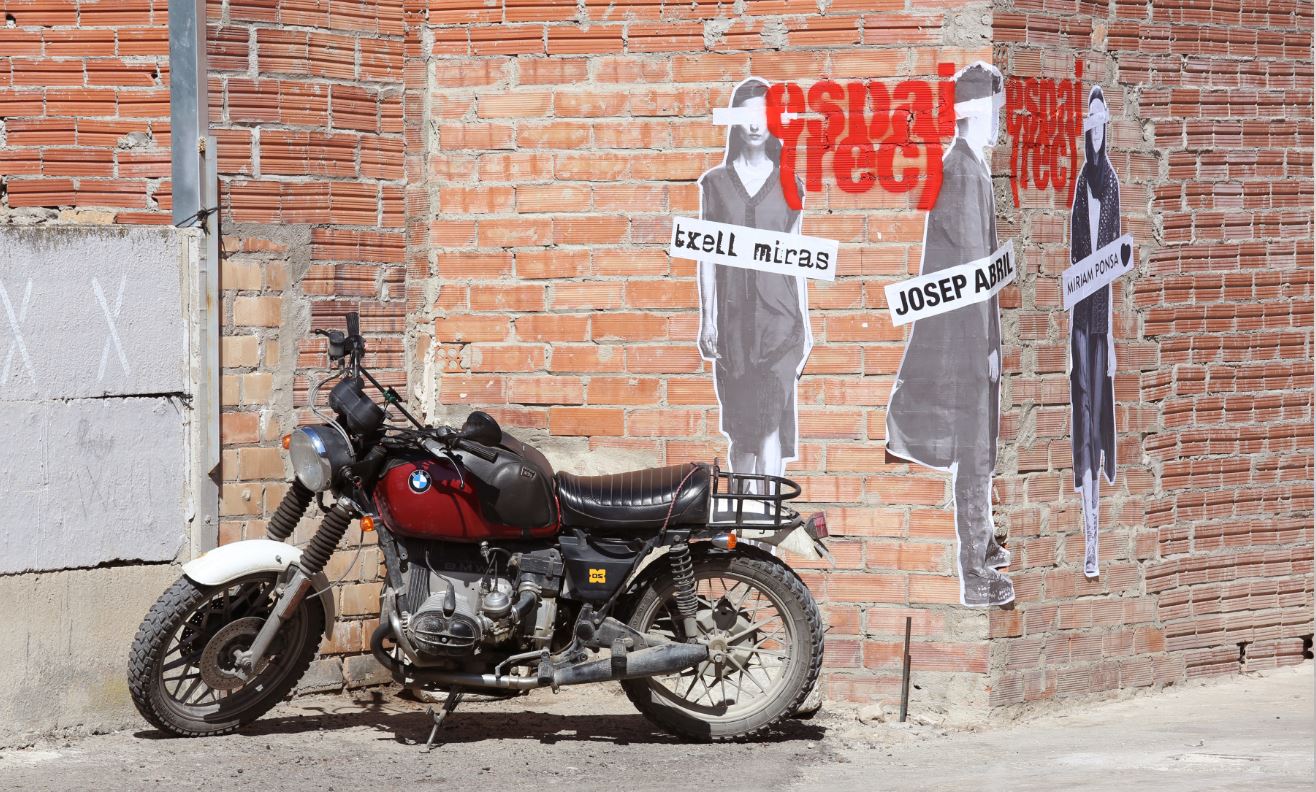Exhibitions
The fragile modernity of Weimar Germany
The dangers of an apparently progressive society in the interwar period, at the CaixaForum in Madrid.
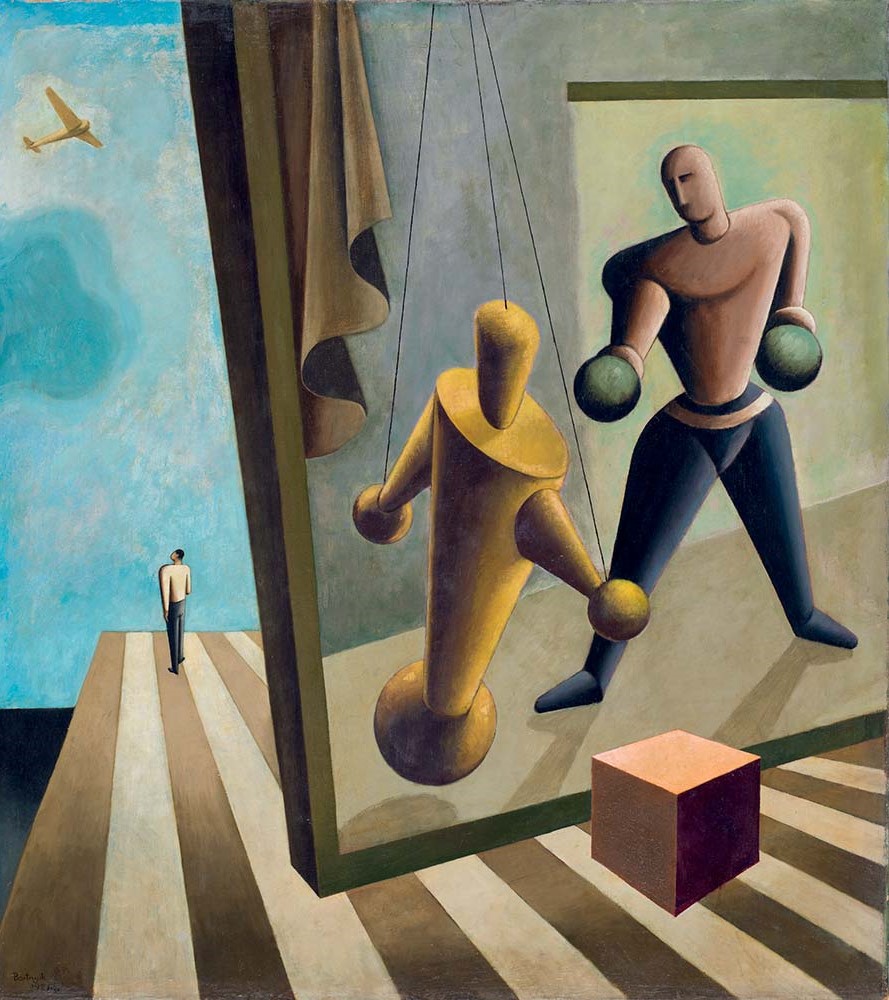
At CaixaForum Madrid, the exhibition 'Temps incerts. Germany between the wars' evokes the memory of an era full of contradictions and unbridled creativity. This exhibition invites you to immerse yourself in the turbulent years of the Weimar Republic, a period marked by intense cultural fervor in which art, politics and society coexisted in a fragile and unstable balance.
The exhibition, which has more than ninety works lent by institutions such as the Thyssen-Bornemisza National Museum, the IVAM in Valencia and German museums such as the Stadtmuseum, will be open until February, which is when it will be exhibited in Barcelona. This is a historical journey and a critical dissection of the process that brought the Weimar Republic to radical change.
The Great War left Germany humiliated, bewildered, and its institutions on the verge of collapse. This, however, gave birth to a social and political experiment based on ideals of reason and equality, which did not take long to show a very different face, where modernity, from the sculptures of Käthe Kollwitz to the paintings of Otto Dix , was mixed with a social tension that would explode in the rise of extremist movements.
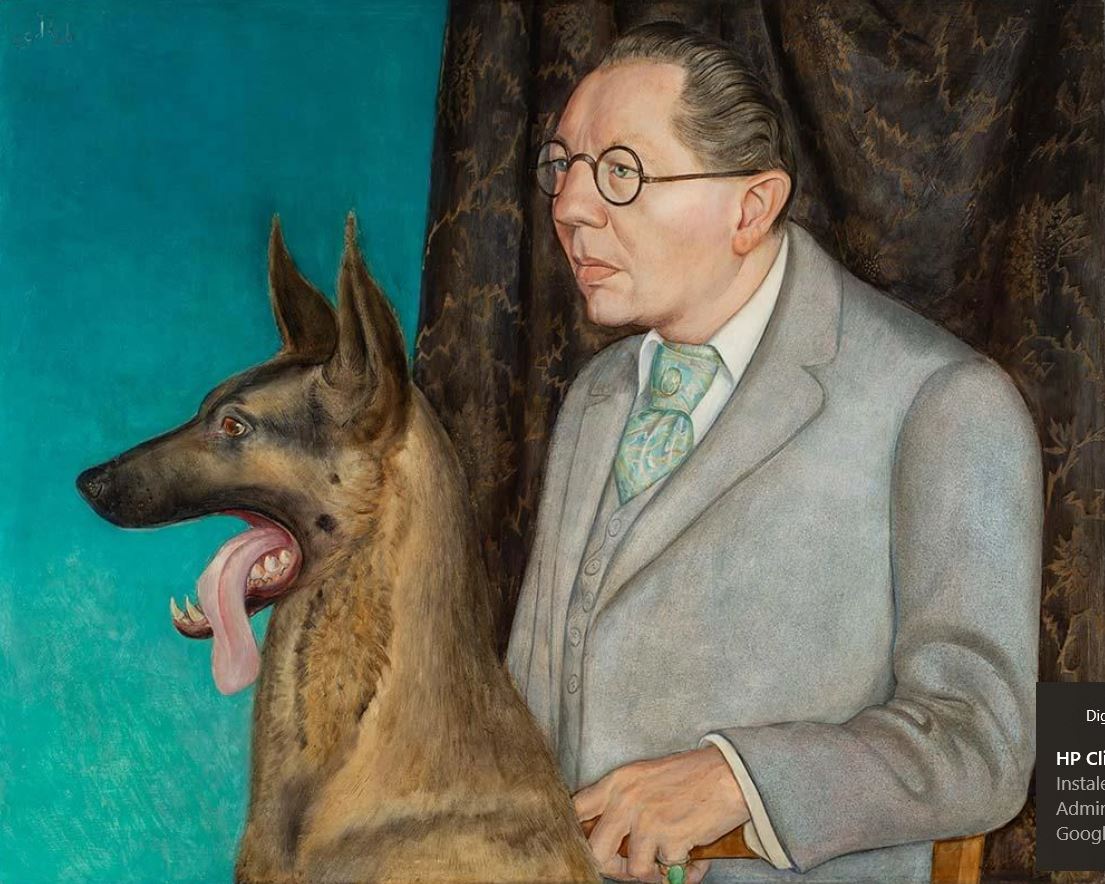
In the CaixaForum exhibition, the bourgeois atmosphere of the time is evoked through a lounge that recreates the universe of Thomas Mann 's novel The Buddenbrooks, where Stravinsky 's Rite of Spring plays, which anticipates the impending chaos In this symbolic space, the piece warns us of the coming horror, a prelude to an intense journey that includes a claustrophobic corridor, delimited by high walls that evoke the trenches of the First World War.
Another strong point of the exhibition is the space dedicated to the Bauhaus , an iconic symbol of innovation that redefined the link between aesthetics and functionality. The exhibition dedicates a prominent space to this revolutionary school, where you can see objects designed by Walter Gropius, such as chairs and lamps that maintain their modernity a hundred years later, accompanied by works by essential figures such as Paul Klee and Kandinsky. This union of art and practice was seen by Nazism as an ideological threat, which would eventually lead to the closing of the Bauhaus in 1933, a fateful year of transition for art and creative freedom in Germany.
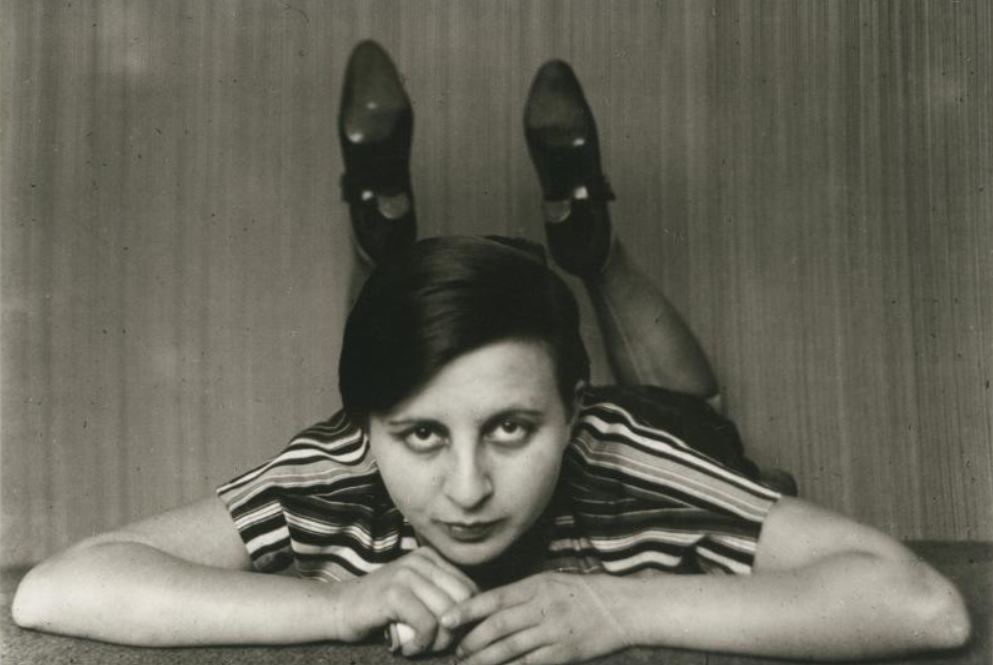
The exhibition includes excerpts from key films of German Expressionism, such as Metropolis (1927), by Fritz Lang , which warns about the subjugation of the individual to the mass in the service of a leader, and The Cabinet of Doctor Caligari (1920), by Robert Wiene , which explores the loss of will and personal autonomy. Also shown are images of the crowds during the November Revolution, which led to the Weimar Republic and the period of radical transformation that followed.
As commissioner Pau Pedragosa points out, "uncertain times awaken monsters", in a clear allusion to our present, such as the resurgence of the extreme right in Thuringia last September. This coincidence with the 1924 election, in which Hitler's party entered parliament for the first time, is a disturbing warning about how history can follow unexpected and dangerous patterns.
The show is an uncomfortable reminder and reveals how, between brilliance and abyss, progress and barbarism, uncertain times can push us down paths where past mistakes seem to repeat themselves. Undoubtedly, the Weimar Republic was a vibrant but tumultuous time, which today resonates like an echo with troubling parallels in our current context. As then, the uncertainty seems ready to awaken monsters, like those of Trump's second victory in the United States.
